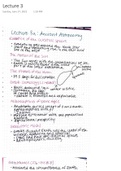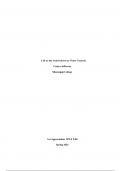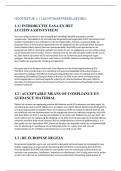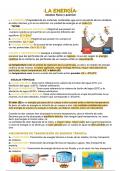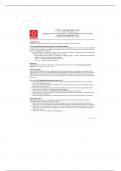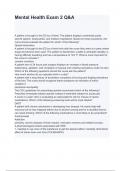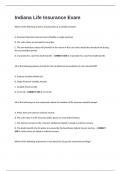Examen
HESI MED SURG PRACTICE 2021
- Grado
- Institución
HESI MEDSURGE PRACTICE 1. 1.ID: 14 An adult client who is hospitalized after surgery reports sudden onset of chest pain and dyspnea. The client appears anxious, restless, and mildly cyanotic. The nurse should further assess the client for which condition? A. Pulmonary embolism. Corre...
[Mostrar más]





